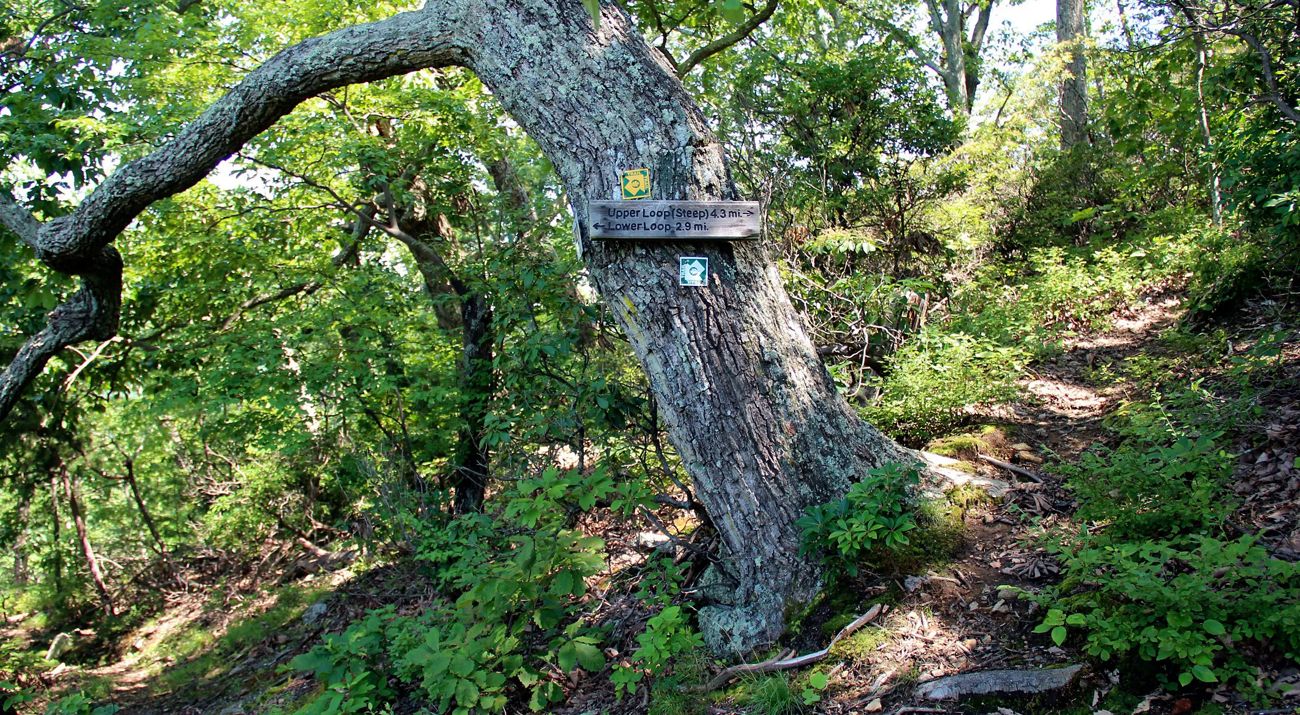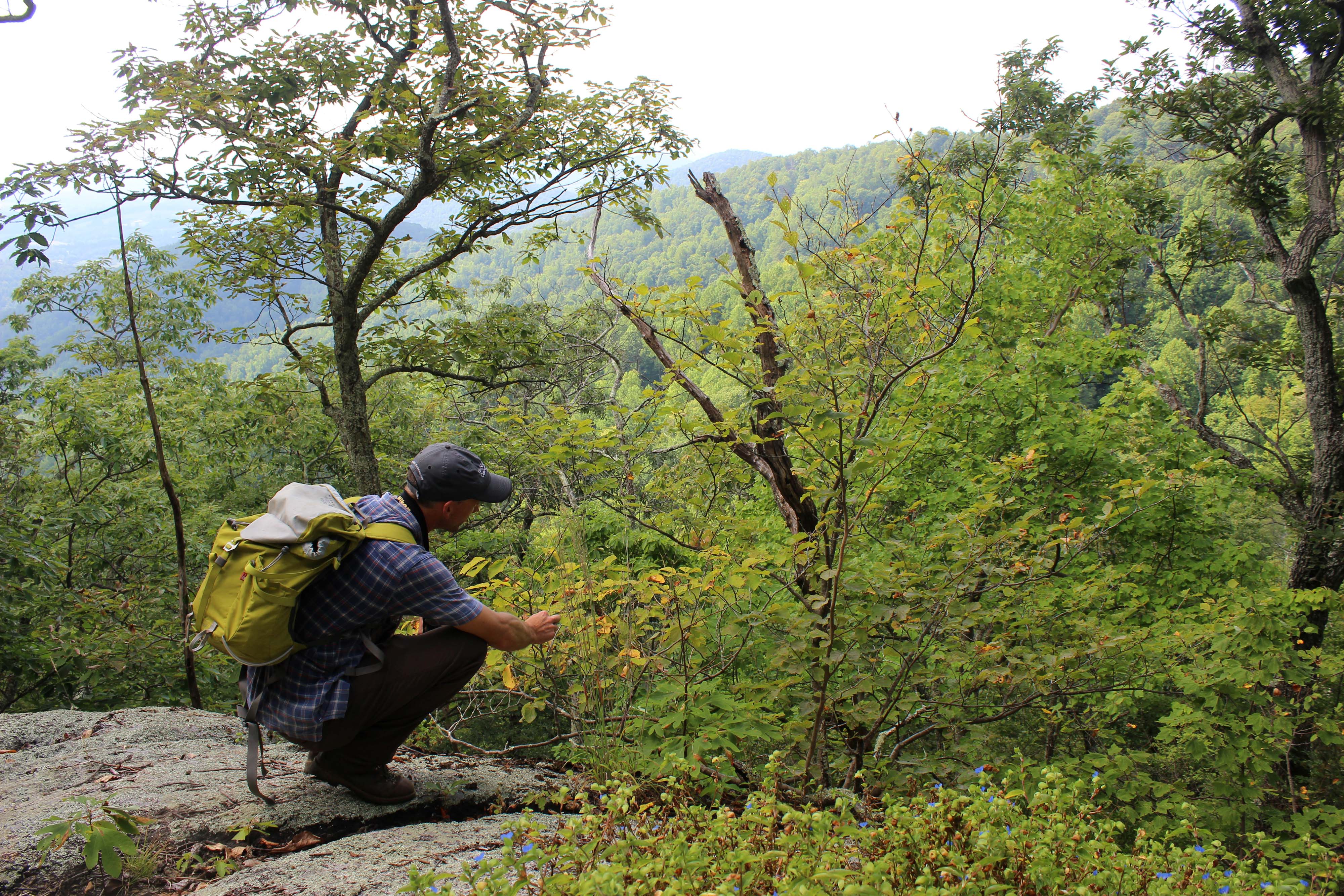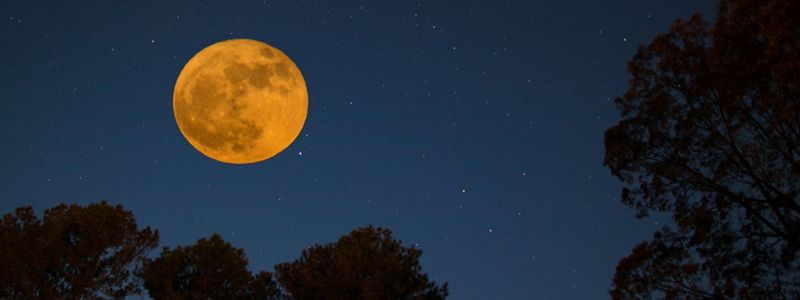Description
Easily accessible from the Charlottesville and Lynchburg areas, Fortune's Cove Preserve provides a challenging hike that rewards visitors with exceptional scenery.
Fortune's Cove straddles Virginia's Piedmont and Blue Ridge. Here, these two ecological regions meet to form a unique collection of flora from both areas.
The preserve is nestled within some 29,000 acres of relatively unfragmented forest, providing excellent wildlife habitat.
West-facing rock surfaces create a desert-like environment in which an unusual combination of plants can thrive. The plant community found on the glades is thought to be extremely rare, with fewer than 20 examples known to occur worldwide.
TNC also works with the American Chestnut Foundation to manage an experimental grove at the preserve.
Landowner Jane Heyward approached TNC about donating her property and making it accessible to visitors. Through Mrs. Heyward's exceptional generosity, the Virginia chapter created a parking area, signage and hiking trails for people to experience the preserve and will protect Fortune's Cove for future generations.
Check out recent species observed at Fortune's Cove Preserve on iNaturalist.



